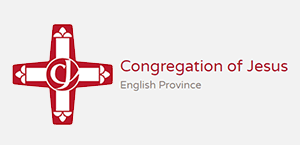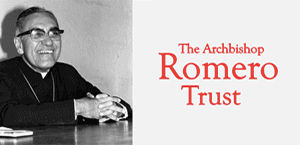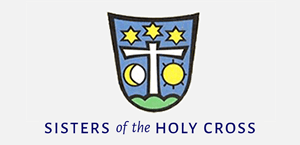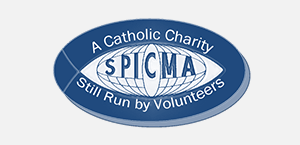Gospel in Art: I am the vine, you are the branches
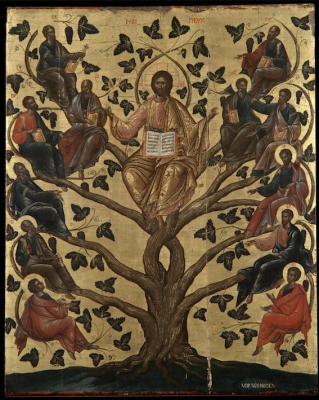
Christ the Vine, by Leo or Leos Moskos. Painted c. 1650-1690, © Benaki Museum, Athens
Source: Christian Art
Gospel of 10 May 2023
John 15:1-8
Jesus said to his disciples:
'I am the true vine, and my Father is the vinedresser.
Every branch in me that bears no fruit he cuts away, and every branch that does bear fruit he prunes to make it bear even more.
You are pruned already, by means of the word that I have spoken to you. Make your home in me, as I make mine in you. As a branch cannot bear fruit all by itself, but must remain part of the vine, neither can you unless you remain in me.
I am the vine, you are the branches.
Whoever remains in me, with me in him, bears fruit in plenty; for cut off from me you can do nothing. Anyone who does not remain in me
is like a branch that has been thrown away - he withers; these branches are collected and thrown on the fire, and they are burnt. If you remain in me
and my words remain in you, you may ask what you will and you shall get it. It is to the glory of my Father that you should bear much fruit, and then you will be my disciples.'
Reflection on the Greek Icon
Greek Orthodox icons are (usually gold background) religious works of art which were largely patterned on Byzantine works, and similarly conventional in composition and depiction. The Western art of Christian painting broke away largely in the 14th century (think of Fra Angelico and Duccio in Italy; Van Eyck in Northern Europe), as the Western tradition came slowly to allow the artist far more flexibility and individuality in painting, and encouraged a more realistic approach to the figures. Greek Orthodox paintings remained less realistic, more static, more one dimensional, which can make them all the more poignant. Also the artistic process started to differ between East and West. In the East painting icons was largely seen as artists not just merely painting images, but 'praying' images. Artists prayed icons, and not just paint them.
The subjects in icons are typically portrayed full frontal, with either a full figure shown or the head and shoulders only. The faces stare directly at the viewer as they were designed to facilitate communication with the divine. More rarely, icons are composed with a narrative scene, such as today's icon, expressing a narrative between the figures and the vine branches. Not produced for art's sake or as a mere personal expression of the artist , icons were designed for devotional purposes and were there to help people better understand the figures they were praying to, and bridge the gap between us and the divine.
Christ is depicted here as being the root and the stem from which all branches flow. He has an open Gospel on his lap. Growing out of the trunk are 12 branches with the 12 apostles being depicted, Peter and Paul being closest to Christ. It is a beautiful way to illustrate how Christ treated the disciples themselves as the organs of his earthly fruit-bearing. And that is what Jesus is calling us to in today's reading: to be the branches attached to his vine.
LINKS
Gospel in Art: https://christian.art/
Today's reflection: https://christian.art/daily-gospel-reading/john-15-1-8-2023-2/












